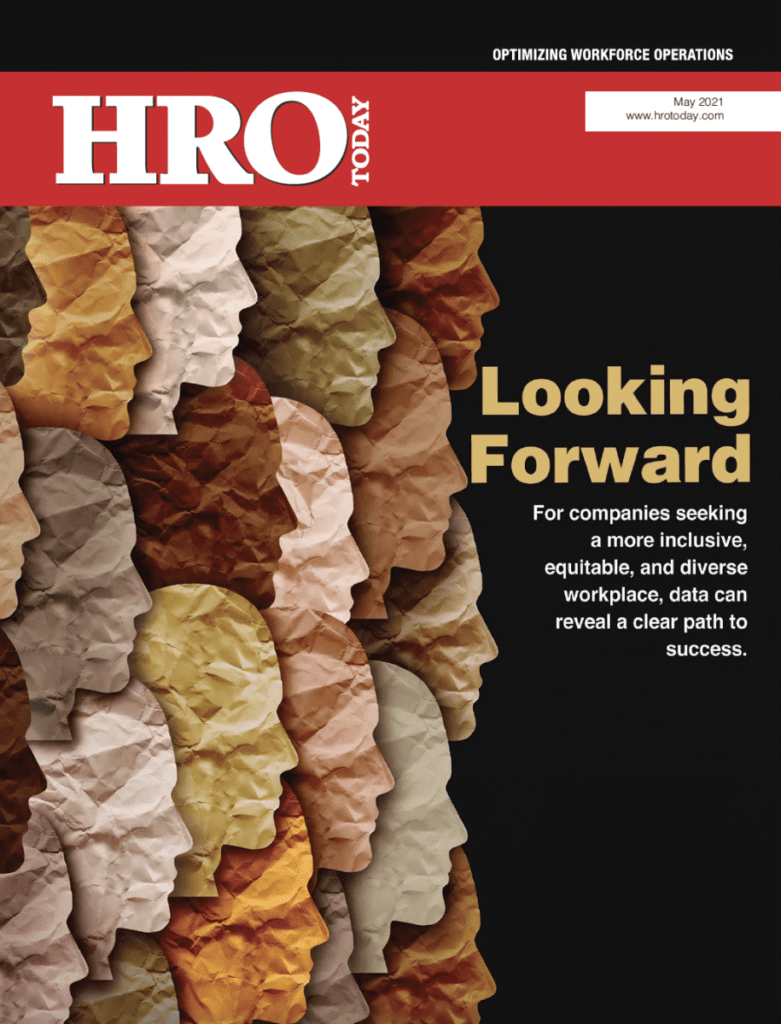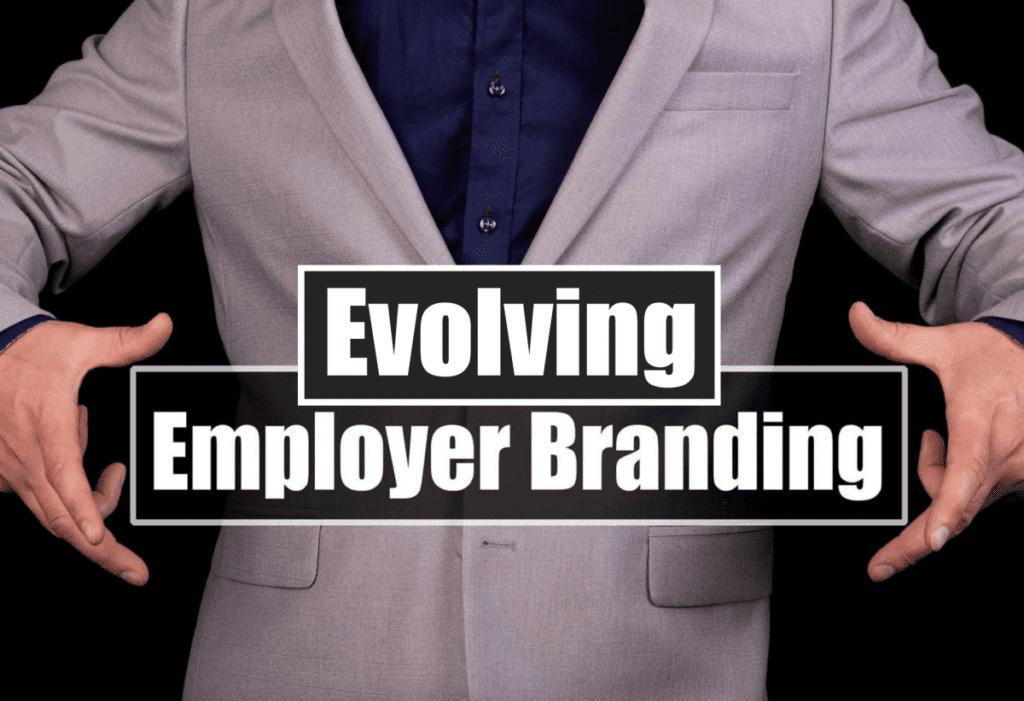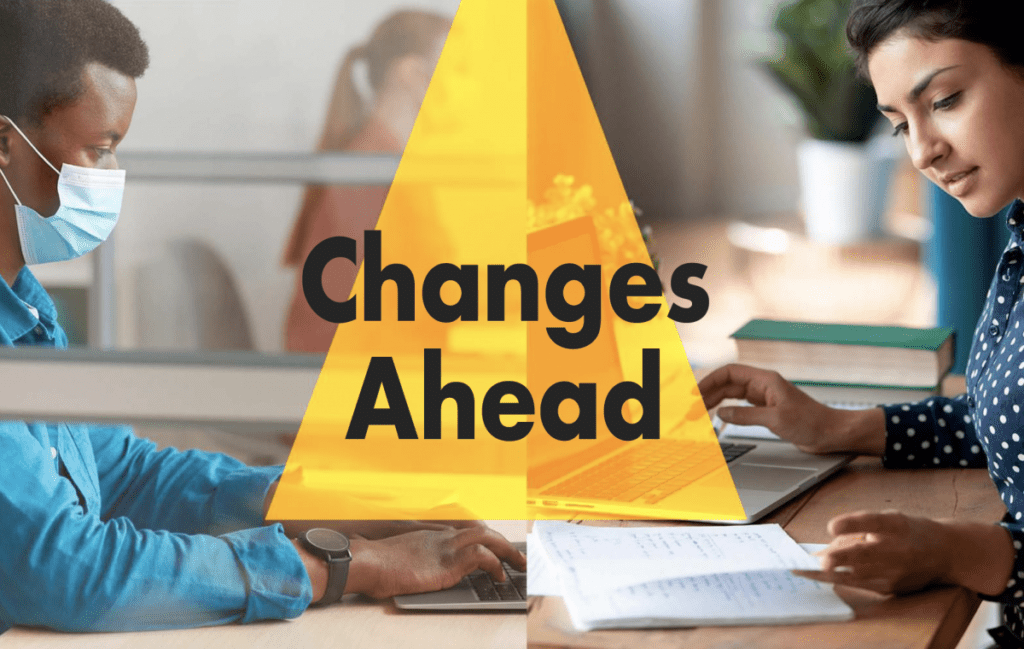For companies seeking a more inclusive, equitable, and diverse workplace, data can reveal a clear path to success.
By Marta Chmielowicz
When an organization came to Korn Ferry with the goal of improving the diversity of its upper-level leadership team, a root analysis was in order. By leveraging workforce data to understand the underlying causes of racial inequity in their workplace, the client was able to gain insight into a powerful lever of inclusion and develop strategies to create lasting change. Other companies struggling to create safer and more inclusive, equitable, and diverse workplaces have a valuable lesson to learn from this approach: data can reveal a clear path forward.












